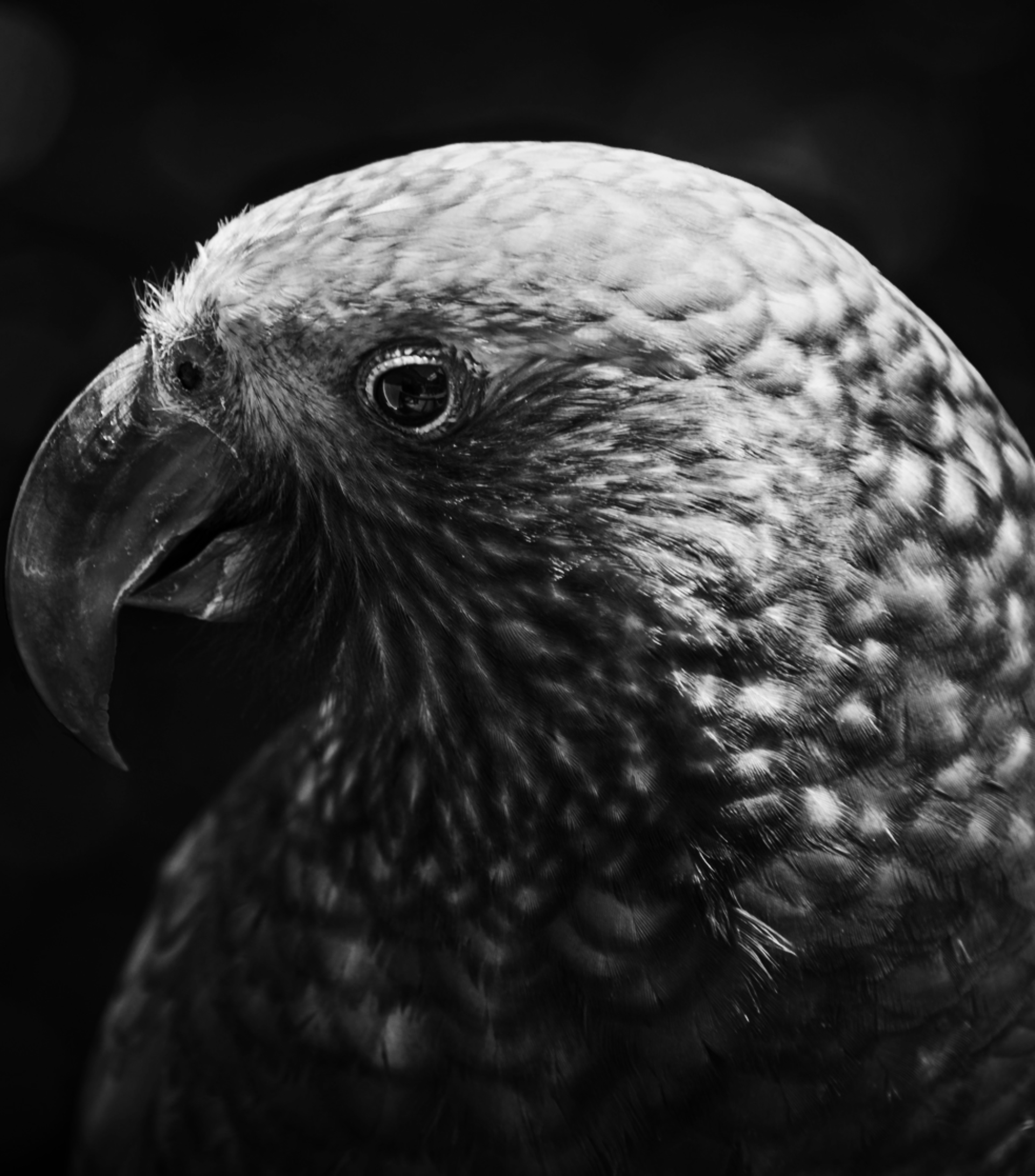About Kōhanga Kiwi
One of Save the Kiwi’s many workstreams is Kōhanga Kiwi, a world-leading kiwi repopulation strategy that is supercharging the growth of North Island brown kiwi.
Kiwi eggs are lifted from the wild and incubated and hatched in captivity. Chicks are released into predator-free kōhanga (nursery) sites, usually a fenced sanctuary or island, when they are about four weeks old, where they’ll live the rest of their days finding a mate and breeding, without fear of predators.
When these kōhanga sites reach an estimated half-capacity, the offspring of the original founder population will be either returned to the regions where their ancestors came from or used to bolster existing populations or create new ones.
About Kōhanga Kiwi at Sanctuary Mountain Maungatautari
Maungatautari has been a kōhanga site for kiwi since 2005. In 2017, Save the Kiwi joined Ngāti Koroki Kahukura and Sanctuary Mountain Maungatautari in this kaupapa (project).
Since 2005, approximately 400 chicks have been released onto Maungatautari, more than 300 by Save the Kiwi. Today, thanks in part to the exceptional habitat found on Maungatautari and the work that Sanctuary Mountain Maungatautari staff and volunteers do to keep predators out of the sanctuary, the original 400-bird population has ballooned into an estimated 2,500.
In April and May 2023, the first 111 progeny kiwi were transferred from Maungatautari and released into their new forever homes in Tongariro and Wellington. From March to May 2024, 222 more progeny kiwi were transferred to Tongariro, Wellington and a third release site: Taranaki Mounga. At least one more release site is expected to be added in the 2025 transfer season.
As the Maungatautari kiwi population continues to grow, and as more locations implement more predator control and become suitable for kiwi to be released into, more release sites will be added in the future. In the meantime, the population of kiwi at Maungatautari will continue to multiply.
Why Kōhanga Kiwi is world-leading
Kōhanga Kiwi enables kiwi populations to grow at a significantly faster rate than they could do if they were left to do it themselves naturally.
95% of chicks that hatch in areas where there is no predator control will be killed before they reach breeding age. Lifting eggs from the wild and hatching them in captivity gives the chicks an almost-certain chance of survival.
Then, releasing chicks into predator-free sites almost guarantees their survival in their next stage of life, and therefore future breeding opportunities. As these birds grow, pair up, and start breeding, their offspring are also almost guaranteed survival because so much work goes into ensuring that they will never come up against introduced pests like stoats, ferrets, and dogs.
At the other end of the equation, bulk-releasing a large number of kiwi into habitat that has been made safer through stringent predator control immediately re-establishes a population or significantly boosts an existing one. Without this injection of a ‘ready-made’ population of kiwi, the resurgence of local kiwi numbers would take decades – if ever.
Other kōhanga locations
Other kōhanga sites in the North Island include Motutapu Island in Auckland’s Hauraki Gulf. Since 2012, 140 kiwi that originated from the Hauraki-Coromandel region have been released onto the pest-free Motutapu Island. It is expected that the first transfers of progeny kiwi back to Hauraki-Coromandel could be in late 2024.
Other kōhanga sites include Cape Sanctuary near Napier, Rotokare Scenic Reserve in Taranaki, and Kapiti Island off the coast of north Wellington.
































